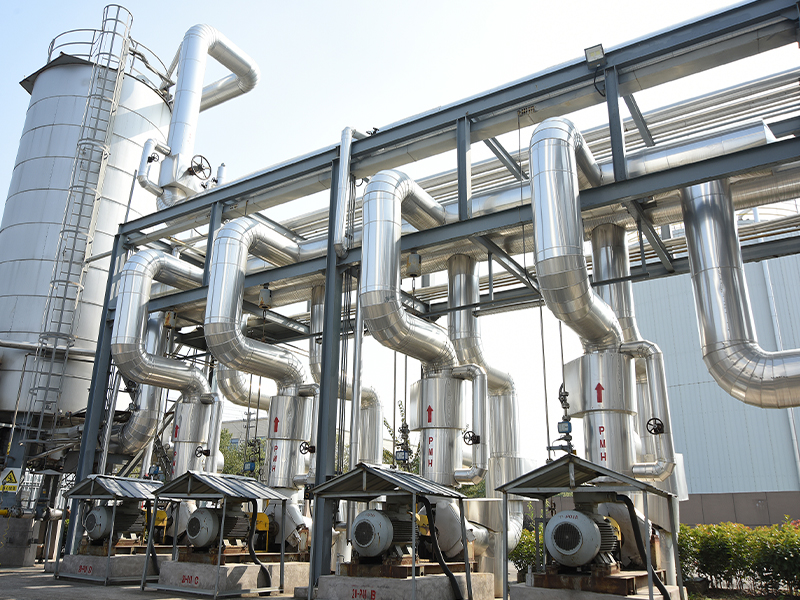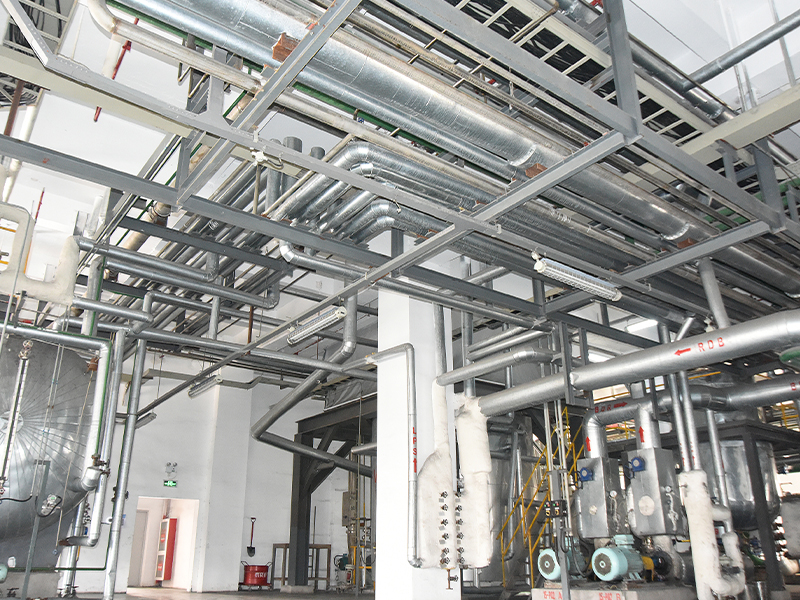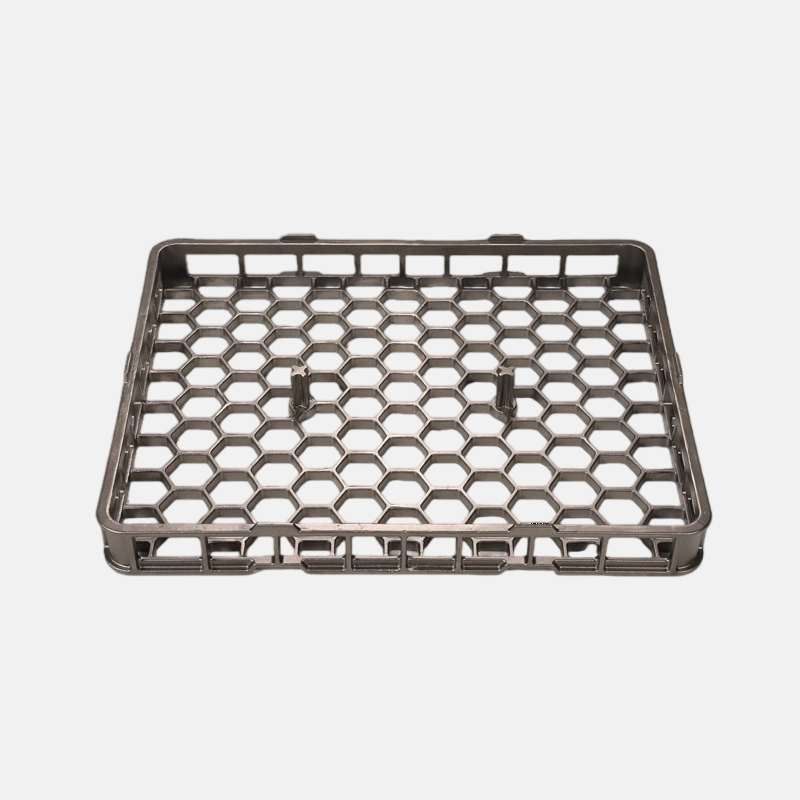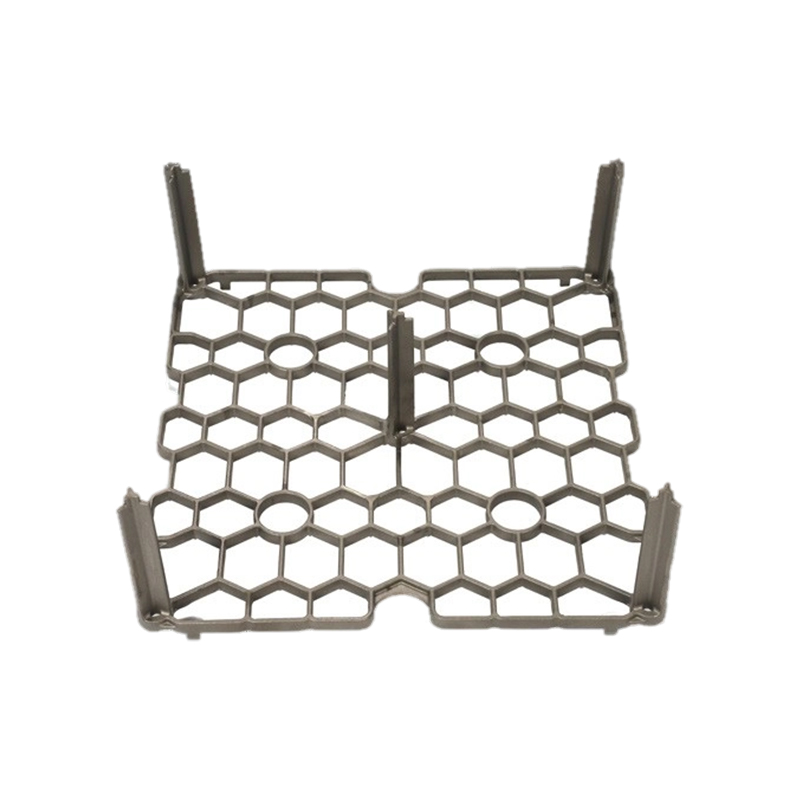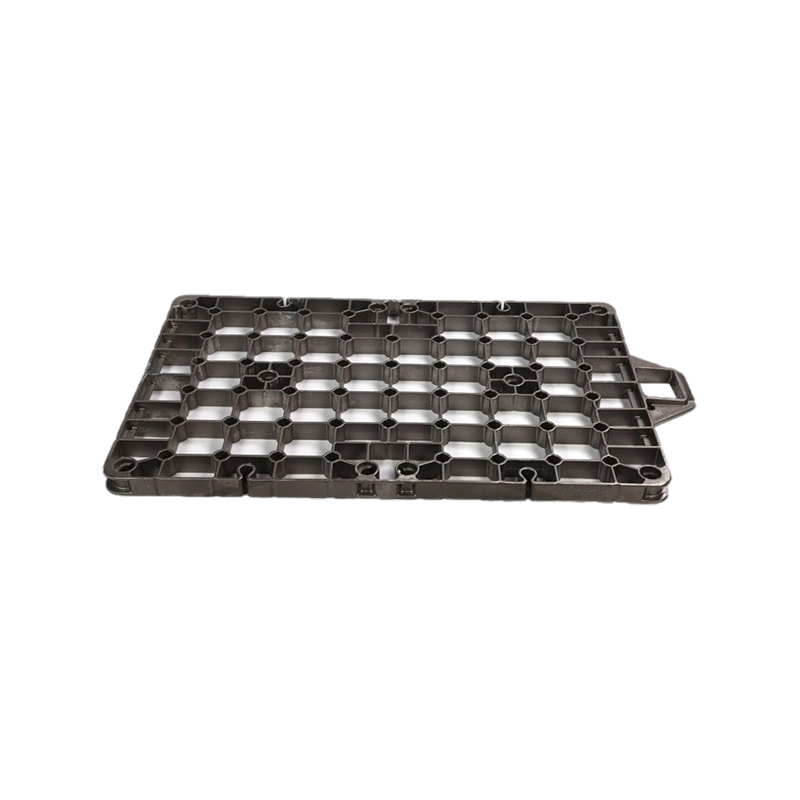In the world of advanced manufacturing, surface imperfections in metal components can lead to costly failures, reduced product lifespans, and compromised performance. For industries ranging from aerospace to medical devices, achieving near-perfect surfaces is not a luxury—it's a necessity. Precision lost wax casting, also known as investment casting, has emerged as a gold standard for producing complex parts with minimal flaws. But how does this centuries-old technique, refined with modern technology, ensure such exceptional surface quality?
At its core, precision lost wax casting begins with the creation of an exact wax replica of the final part. This wax pattern is crafted using high-resolution molds, often produced through computer-aided design (CAD) and 3D printing, ensuring dimensional accuracy down to micrometers. The wax is then coated in multiple layers of a ceramic slurry, building a robust shell through a dipping process. Once cured, the assembly is heated in a kiln, melting out the wax—hence the term "lost wax"—and leaving behind a hollow ceramic mold. Molten metal, such as stainless steel or titanium, is poured into this cavity under controlled conditions. After cooling, the ceramic shell is broken away, revealing a metal part that mirrors the original wax model with remarkable fidelity.
The minimization of surface imperfections hinges on several key aspects of this method. First, the wax pattern itself allows for ultra-smooth surfaces; any minor flaws in the wax are replicated in the final metal, so starting with a pristine pattern is critical. Advanced techniques like rapid prototyping ensure patterns are virtually flawless, reducing the risk of roughness or pitting. Second, the ceramic shell process plays a pivotal role. By applying fine-grained ceramic materials in thin, uniform layers, the shell minimizes gas entrapment and porosity. This contrasts with sand casting, where coarser molds can introduce bubbles that manifest as surface defects. Additionally, the ceramic's thermal stability ensures even heat distribution during casting, preventing warping or cracking.
Precision is further enhanced through controlled environmental factors. Modern foundries monitor variables like pouring temperature, cooling rate, and metal purity with precision instruments. For instance, vacuum-assisted pouring eliminates air pockets, while slow, gradual cooling minimizes internal stresses that could surface as micro-cracks. As a result, precision lost wax casting consistently achieves surface finishes of 125–250 microinches (Ra), compared to rougher outputs from other methods. This capability makes it ideal for applications demanding airtight tolerances, such as turbine blades in jet engines or intricate surgical implants, where even minor imperfections could lead to catastrophic failures.
Beyond surface quality, the process offers broader benefits, including the ability to produce complex geometries without secondary machining, which itself can introduce scratches or burrs. Industry data, such as reports from the Investment Casting Institute, confirms that this method reduces defect rates by up to 90% compared to conventional casting. However, it requires skilled technicians and rigorous quality control, including non-destructive testing like X-ray inspection, to maintain these standards.
In conclusion, precision lost wax casting ensures minimal surface imperfections through its meticulous, multi-stage approach—combining high-fidelity pattern-making, optimized ceramic shelling, and stringent process controls. This reliability has cemented its role in critical sectors, driving innovation while cutting costs from rework and waste. As manufacturing evolves, this technique remains a testament to how traditional craftsmanship, augmented by technology, can deliver perfection where it matters most.
 English
English русский
русский Español
Español عربى
عربى
